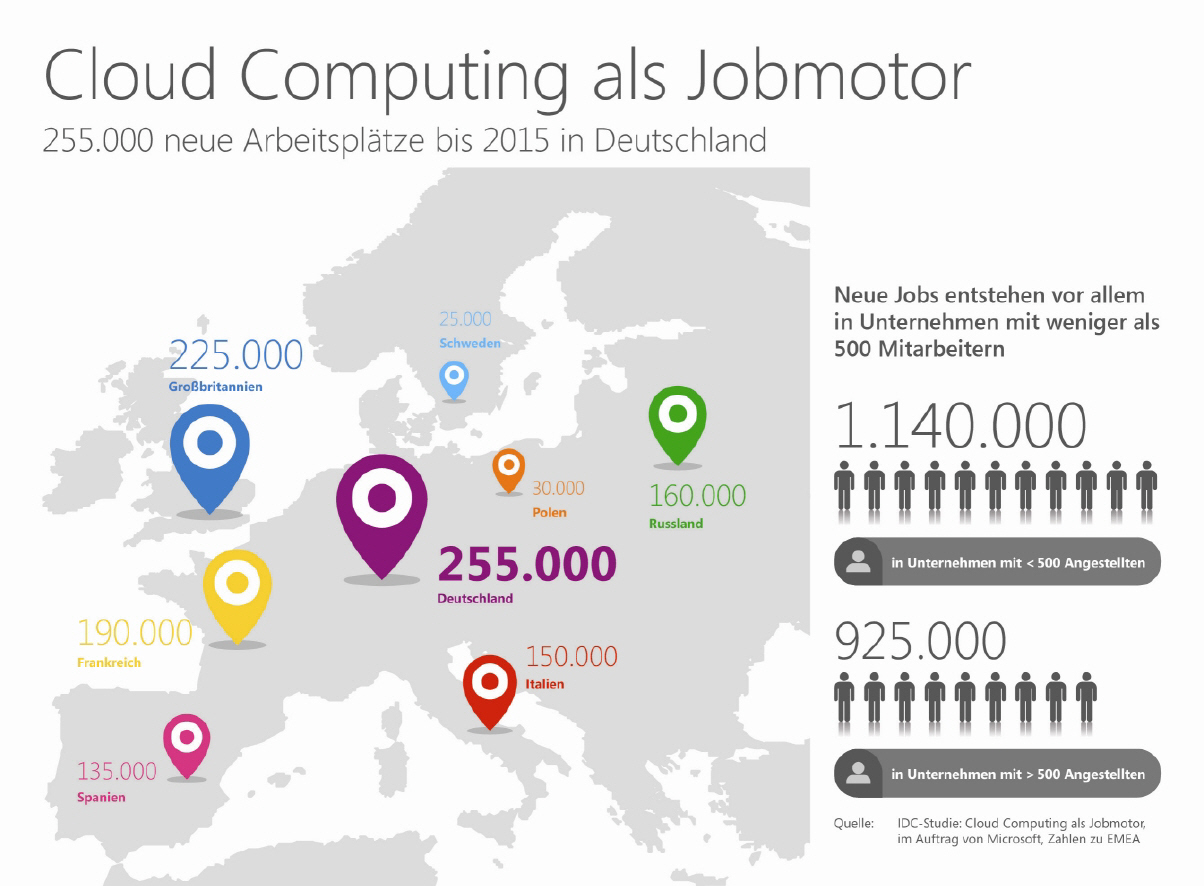

#Digital omnipresence full#
Recognizing this, in 1995 the US Air Force secretary and chief of staff co-authored a white paper calling for global presence, which they defined as “the full range of potential activities from the physical interaction of military forces to the virtual interaction achieved with America’s information-based capabilities.” 8 They envisioned that the combination of rapid deployment, precision munitions, and surveillance would make the military “more mobile, more lethal, and more omnipresent than ever before.” 9 7 Ultimately, presence is the crux of US military strategy. Forward presence is the deploying or stationing of forces overseas to demonstrate national resolve, strengthen alliances, dissuade potential adversaries, and enhance the ability to respond quickly to contingencies. The key to it all is forward presence, a concept that’s been a US military preoccupation since at least World War II.

The piecing together of this puzzle is the source of competitive military advantage. This not only requires the ability to gain a time-distance advantage, but also to collect, analyze, and integrate pertinent information in less time. Whether 19 th-century muskets or 21 st-century cyber weapons, the goal is the same: to be better positioned to take action against an adversarial nation quicker than it can respond. Making your presence feltįor centuries, military planners have battled to overcome the obstacles presented by geography and information. This study will make the case that operational omnipresence, considered by many to be the holy grail of military objectives, can today be achieved through the coordinated use of existing and imminent technologies and is the unifying concept that can usher the US military into another era of preeminence.

This is the orienting principle the Department of Defense needs in order to organize its current strategic efforts and regain its competitive advantage. And unlike steam engines or rotating space stations, today’s advances in technology make the supporting architectures for the concept possible.

Military, or operational, omnipresence is the answer to this dilemma. 5 And some scholars have argued that it seems to have “no clear purpose or urgency.” 6 While the First Offset was the strategic deployment of miniaturized nuclear weapons and the Second Offset was the enabling network for precision strikes, the Third Offset seems to lack the same clarity and focus. Many believe the present strategy is too focused on futurist technologies. But whether given this or some other name, one of its primary shortfalls is that it lacks a unifying concept. This strategy to regain our fighting edge has been called the Third Offset. 3 Or, as past presidents and defense leaders have put it, a military that can engage “at the time and place of our choosing.” 4 In other words, the DoD is looking to make military omnipresence a reality. Its goal is to prevent future wars by maintaining a military that can exercise its will anywhere in the world at any hour. Today, the US Department of Defense (DoD) is looking for the next set of technological breakthroughs that can increase its military advantage over those of competing nations. Knowing his audience, he quickly launched into its military uses: “Our space station could be utilized as a very effective bomb carrier, and the nation who owns such a bomb-dropping space station. He described for the rapt attendees the details of a rotating space station that would orbit the earth in less than two hours and cover the entire planet in about a day. Von Braun had been secretly whisked away to the United States as part of an initiative to outpace the Soviet Union’s rocket propulsion and space programs. One hundred years later, Werhner von Braun, a German engineer, suggested a different approach during a 1950 US Air Force-sponsored conference in Chicago. The Observer, a British weekly newspaper, could barely contain itself when it declared in 1842 that, “Steam, even now, almost realizes the idea of military omnipotence and military omnipresence it is everywhere, and there is no withstanding it.” 1 Its newly commissioned steam-powered ships provided decisive military advantages, and the nation was giddy with possibility. Introductionįresh from lopsided victories off the coasts of China and North Africa, the early 19 th century British Navy sailed into a new era of naval dominance. By integrating the latest digital-age tools, technologies, and methodologies, that goal could now be within reach. For decades, US military strategy has been focused on achieving operational omnipresence-the ability to “be everywhere at once”-to regain preeminence.


 0 kommentar(er)
0 kommentar(er)
